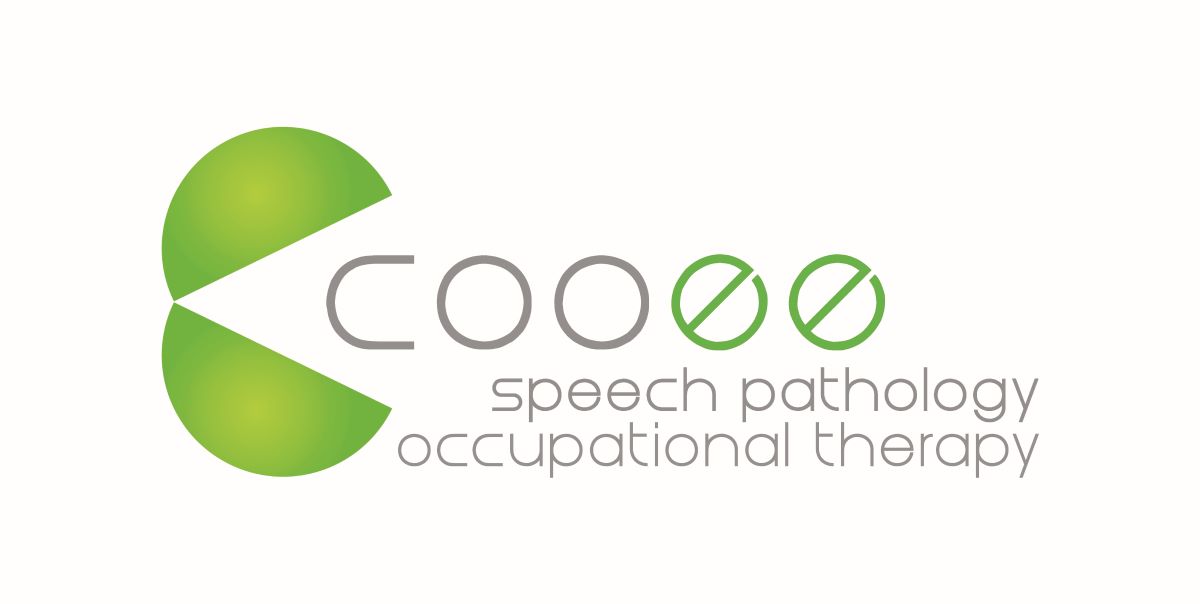Neurodiverse Affirming Practice – “Doing With, Not To”
There’s been a social movement to change the way neurological differences are perceived by society. Let’s talk about it – neurodiverse affirming practice.

Before we get into neurodiverse affirming practice, we first need to understand what neurodivergent and neurotypical means.
Neurodivergent and Neurotypical
Being neurodivergent means thinking and perceiving in a different way. It is often used as an umbrella term for a variety of different diagnoses and labels such as Autism Spectrum Disorder (ASD), Attention Deficit Hyperactivity Disorder (ADHD), Dyslexia and Dyspraxia to name some (Kapp, 2020).
The term neurotypical on the other hand, refers to individuals who think and feel in the way society perceives as ‘the norm’.
It is important to understand that one is not better than the other. It is not better to be neurotypical or neurodivergent; they are simply different ways that different people view and relate to the world.
Neurodiverse affirming practice
By extension, the purpose of neurodiverse affirming practice is to celebrate all individual differences of neurodivergent people. The practice rejects the idea of ‘curing’ a person, or ‘changing’ the way they live. Rather, this practice seeks to support a neurodivergent individual to advocate for what they need to be able to engage with their everyday activities in a way that suits them.
What can Neurodiverse affirming practice look like?
- A culture of acceptance
Neurodiverse affirming practice is ‘a space where the individual can be their authentic self and be seen and valued by another for who they are’ (Jellett and Flower, 2023). - Neurodiverse affirming practice has neurodiverse individuals at the centre
Neurodiverse affirming practice has been described as having an ethos of ‘doing with, not to’ (Naylor, 2023). It encourages the shift from goals being set by professionals based on neurotypical norms, to goals being set with individuals (Naylor2023) that prioritise their wishes and aspirations (Dallman et al., 2022; Izuno-Garcia et al., 2023) - Expand the definition of ‘normal’
Neurodiverse affirming practice encourages viewing differences in thinking, perceiving and interacting as a “normal” part of human diversity. By extension, the practice does not encourage individuals to present as neurotypical, or target autistic “symptom reduction” (Dallman et al., 2022; Ne’eman, 2021; Rutherford & Johnston, 2022), but rather, facilitate meaningful and active engagement in an individual’s community (Rutherford & Johnston, 2022). - Make help accessible
‘The environment should be adapted to support inclusion’ (Naylor, 2023). Allied health professionals need to empower their neurodivergent clients to advocate for their wants, needs, priorities, wishes.
For Speech Pathologists, we can help our neurodivergent clients by supporting them to develop the vocabulary they need to advocate for the services they want. - Informed by lived experiences
The research emphasises the importance of neurodivergent peoples’ experiences informing neurodiverse affirming practice itself (Kourti, 2021; Naylor 2023).

A reflection on neurodiverse affirming practice from a neurodivergent clinician:
“[Neurodiverse affirming practice] is not just one thing. I think neurodivergent people are so diverse that one [practice] that is good for one person, might not work for the next….We’re all so different….For our clients, it’s combining the person and family’s knowledge [of the lived experience] combined with the clinicians’ knowledge [of the diagnosis] to create something individualised and evidence based.”
At the end of the day, neurodiverse affirming practice is an open minded way for clinicians to help empower their neurodivergent clients to achieve outcomes that are meaningful to them.
Written by Robbie Corgat, Speech Pathologist
February 2024

For more information, please contact us via our website – www.cooeespeech.com.au; our socials @cooeespeech, or you can contact us at the clinic on 3265 4495 or via email at [email protected]
